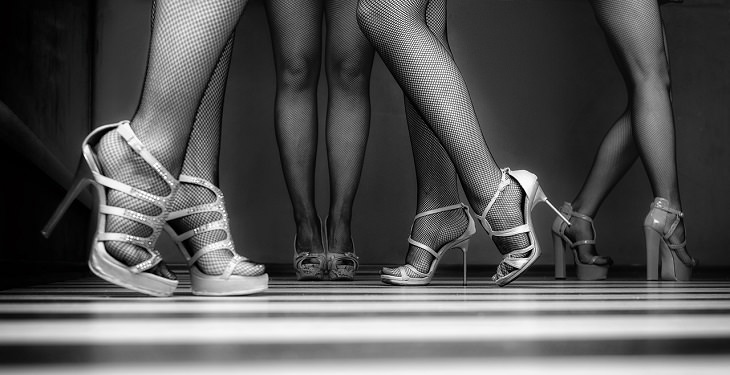
There is no doubt that the washing machine and dryer are two technological developments that make our lives significantly easier. Most of us are simply used to putting most of our clothing and fabric items into the washing machine and then to the dryer, waiting for no more than a few hours, and pulling them out nice and clean.
But what a disappointment you must feel when one of your favorite clothing items is completely destroyed after being washed and dried, or when you discover that your washer or dryer has been damaged by one of the items inside. In order to avoid these unpleasant situations, which happen quite a bit, we’ve put together a list of 6 items that you shouldn’t put in the washing machine, as well as three types of items that shouldn’t be dried in the dryer.
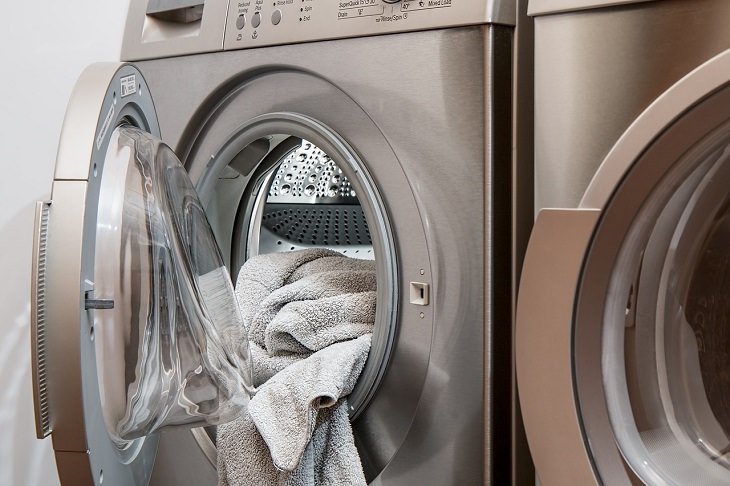
Foam filled pillows, also known as "memory pillows", are a popular item that is common in many homes. Unlike the usual pillows, stuffed with feathers or another synthetic material, which can and should be washed occasionally, foam pillows should be kept away from the washing machine, as they may damage the foam, weaken it and even tear it to pieces.
Because the foam is made from a hypoallergenic substance that repels dust, these pillows don’t need too much cleaning, and if and when they get dirty, simply rub a damp cloth over the stain or dirt. In addition, note the label on the pillow - if it indicates that the pillow can be hand washed, you can launder it in a basin or sink filled with water with an odorless and hypoallergenic detergent.
2. Items covered with a pet's fur
Anyone who has a furry pet, like a dog or a cat, knows what a nuisance that fur can be especially when it sticks to our clothes. If you thought the solution was simply to throw the fur-covered clothes into the washing machine and let it do its job – you are largely mistaken! When the fur gets wet during the washing process, it may cling even more to your clothing, or alternatively, accumulate into hairballs that will stick to the drum of the machine or slowly clog the draining pipes. Therefore, when you want to launder your furry clothing items first remove the fur from the garment with a lint roller or duct tape and then wash.
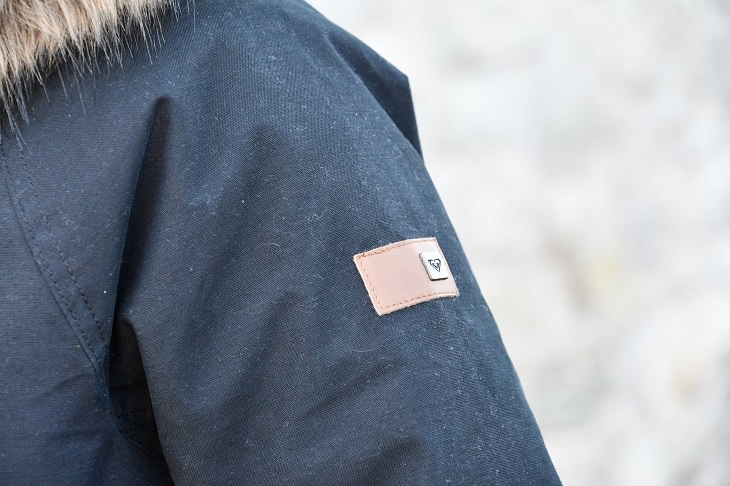
Your bras are probably important items of clothing you don’t want damaged, so when you want to launder them, don’t rush to toss them casually into the washing machine. This is because, during the washing process and the contact with the water, the bras can easily lose their shape and go from stiff and supportive to wrinkled and damaged. The bra hooks may also damage other items that are with them in the machine. To wash bras in a safer and more correct way, you should always wash them by hand, but if you are short on time and have to throw your bra into the wash, make sure to hook them and place them in a delicates mesh wash bag.
Whether or not they are ornate items or anything that is decorated with lace or embroidery, you must make sure that they don't find their way into the washing machine, because its movement can damage the delicate threading. The same is true for various decorative parts glued to the garment, which inside the machine can fall apart. Also, keep in mind that items made of lace may be torn and damaged when they come into contact with clothing that has buttons, clasps, hooks or zippers. The best option to launder these items is to simply wash them by hand or alternatively hand them over to the dry cleaners.
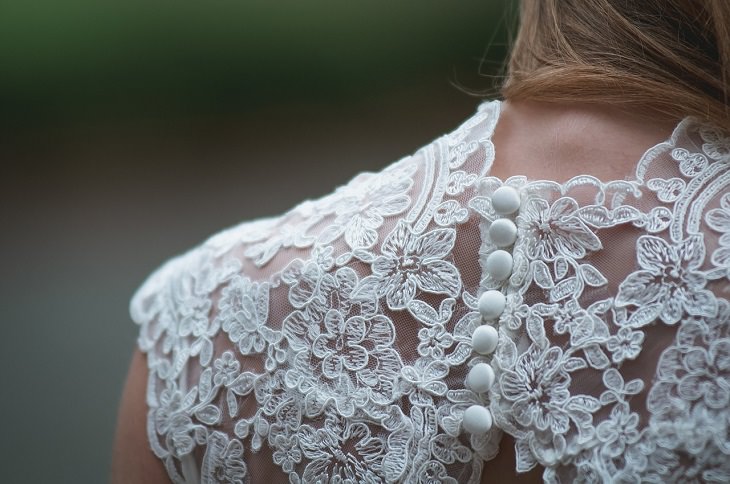
The rule is very simple: if you have a very large item that barely fits into the washing machine and leaves no extra space – give up on washing it because, without extra space for the item to move around in the machine, it won’t come out clean anyway.
Also, you should know that filling the washing machine with large items, such as a duvet or any other wide bedding, can cause internal complications, and may even break it, so it is highly recommended to avoid doing this if you want to continue using your machine. laundering such large items should always be done in a professional laundry or dry-cleaning facility where there are machines large enough to handle them properly.
All clothing items made of natural fabrics such as wool, velvet or cashmere are not suitable for the fast and grinding movement of the washing machine. If you wash them with it, even once, you may find them later tangled, damaged, shrunken, and unusable.
If these items get dirty and you want to clean them, check that their colors don’t fade in water, and then use the following method: Dissolve detergent in a sink or tub filled with hot water. Dip the entire garment in water until it is completely covered. After 10-15 minutes of immersion, drain out the water and remove the garment. Then fill the sink or tub with cold, clear water and dip the garment again to wash it. Finally, wring the garment gently, roll in a dry towel and hang to dry.
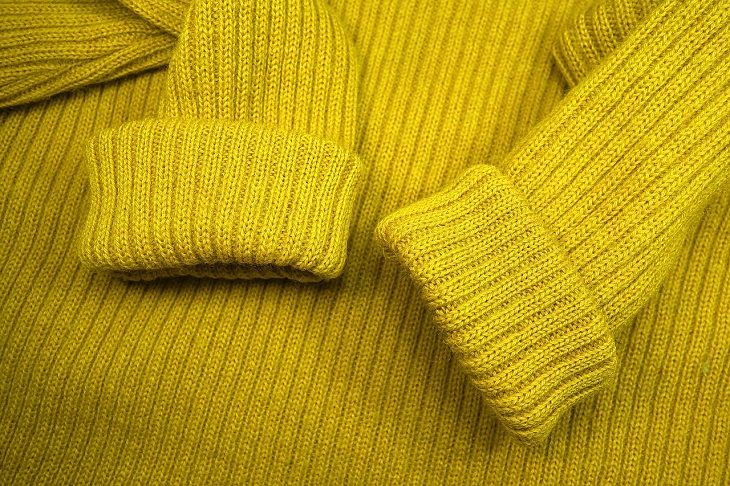
Lycra, the material that most swimwear is made out of, can withstand the heavy heat that we are often exposed to when on the beach, but the extremely high temperatures our home dryer reaches are liable to damage it and the integrity of this essential item. It isn’t chlorine or salt water that can weaken your bathing suit’s fabric rendering it, shapeless and unsuitable for wearing – rather it’s the dryer that does this. So leave your bathing suits out of the dryer, and instead be sure to hang them.
Pantyhose are too delicate to be put into the dryer since the process can really damage them. So avoid putting them in the dryer, and choose to hang them on a drying rack or let them air dry near a heat source so as not to damage them.
